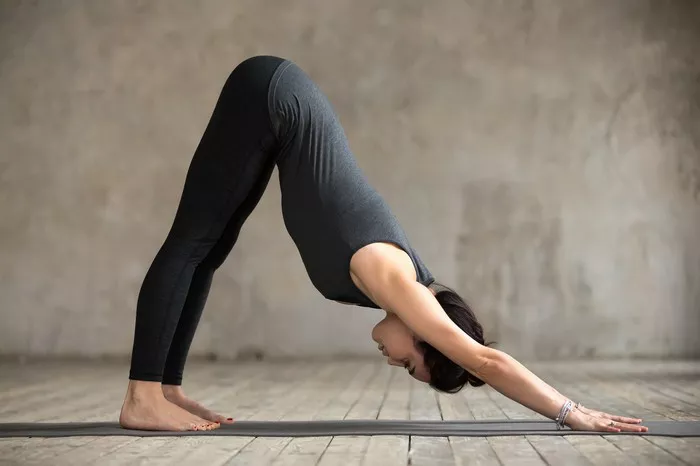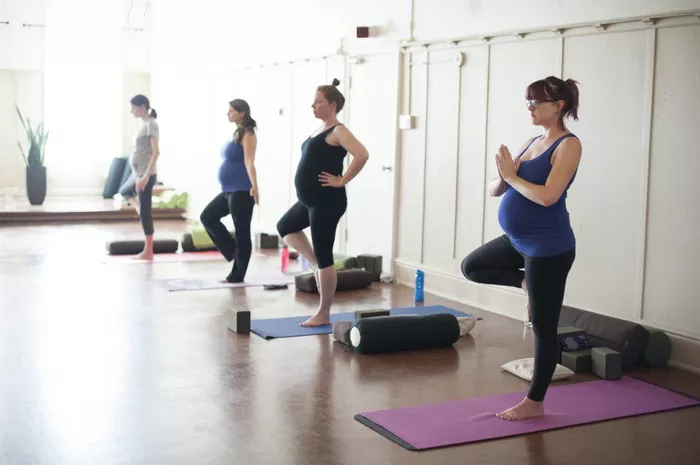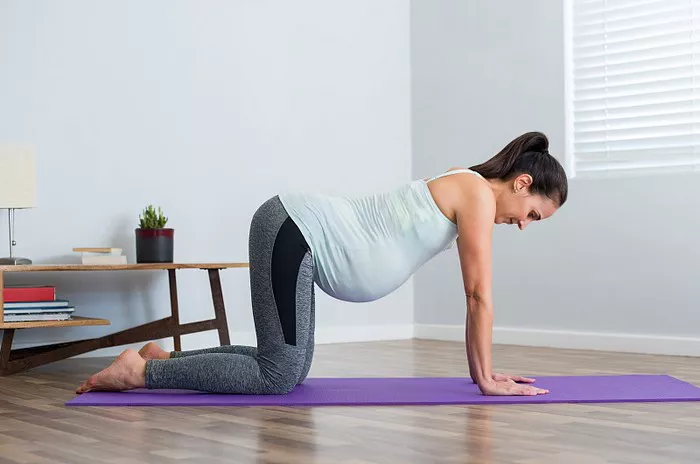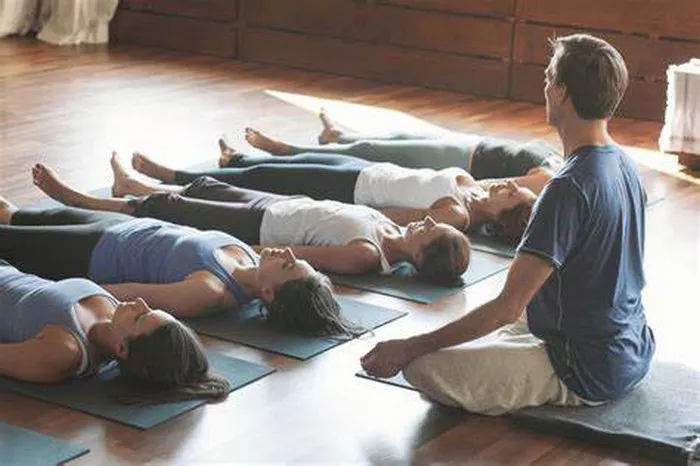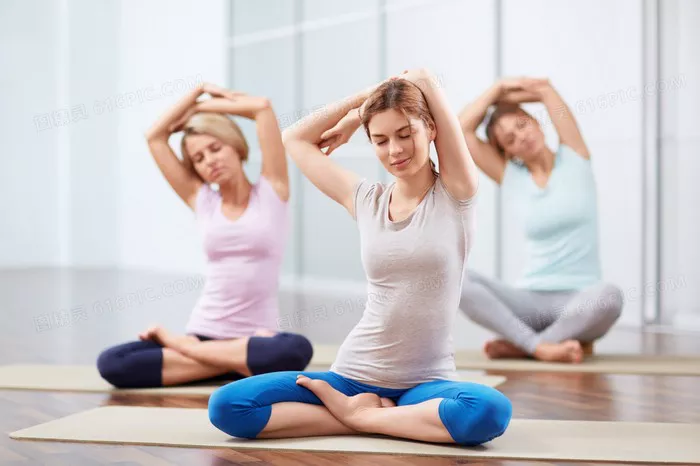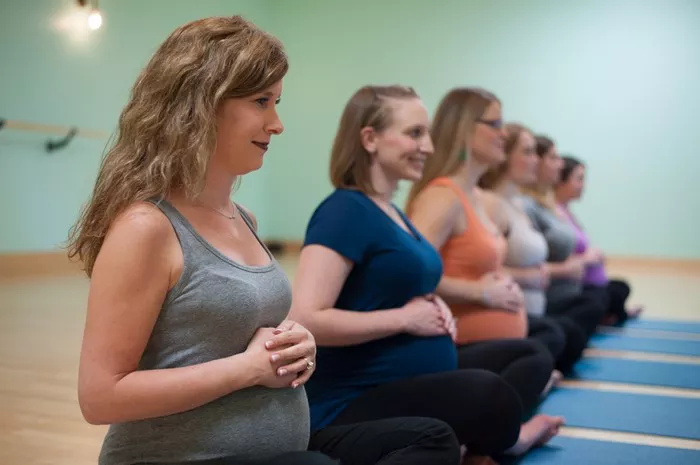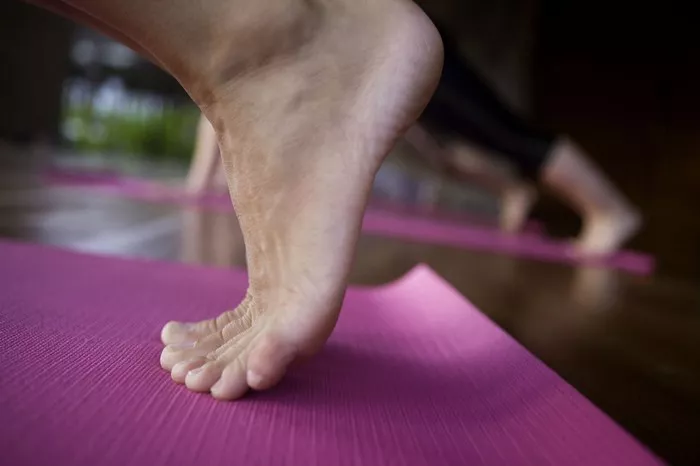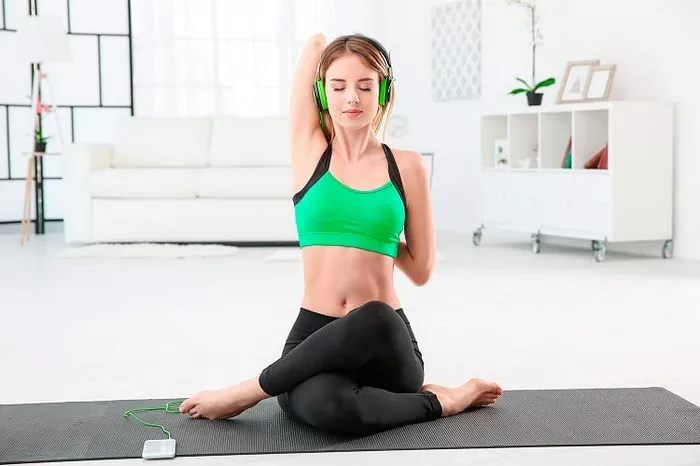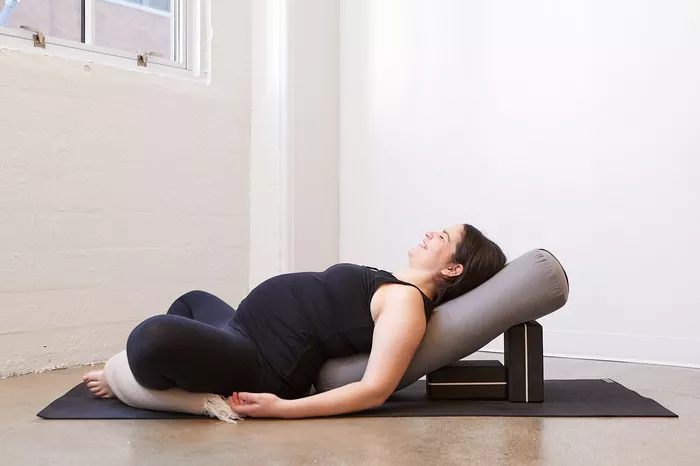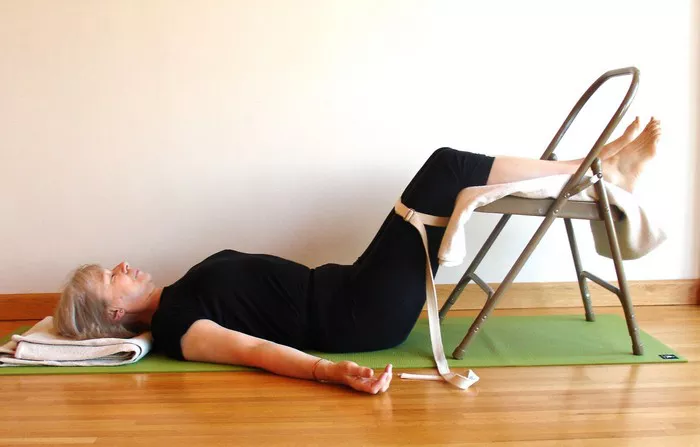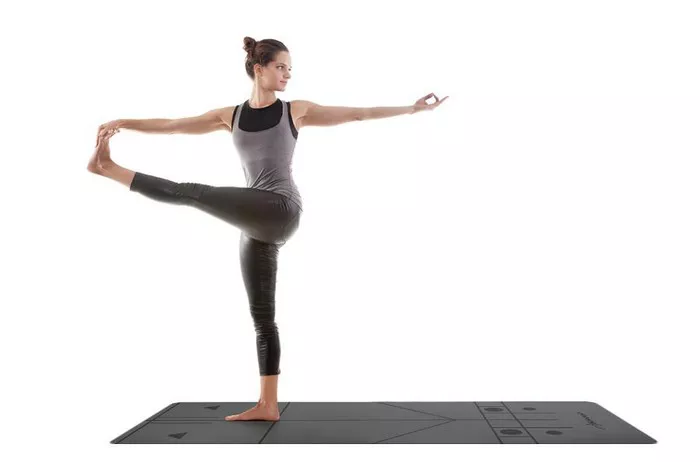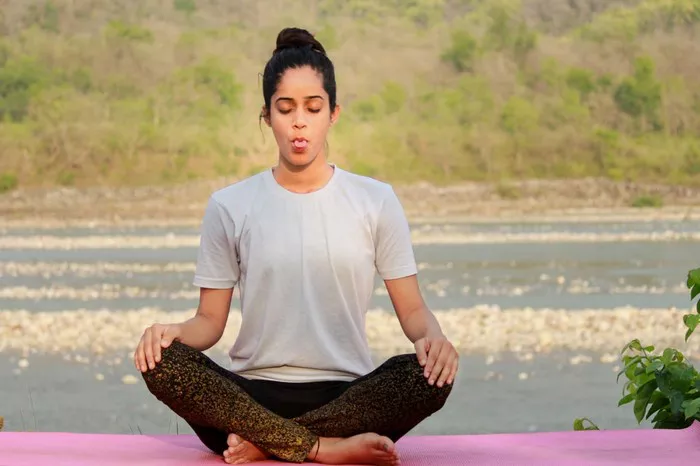Aerial yoga, also known as anti-gravity yoga, is a relatively new yet incredibly popular form of exercise that combines traditional yoga practices with the use of a hammock or aerial silk. The hammock serves as a prop to support and challenge the body in various poses, offering a fresh perspective on yoga. Aerial yoga focuses on flexibility, core strength, and inversion therapy, among other benefits. One of the most common questions asked by those considering aerial yoga is, “Do you need upper body strength for aerial yoga?” In this article, we will explore the relationship between aerial yoga and upper body strength, delving into why it’s important, how it affects your practice, and how you can develop the strength needed for this unique form of exercise.
Understanding Aerial Yoga
Aerial yoga is designed to provide an experience unlike any other type of yoga. The practice typically involves performing traditional yoga poses while being supported by a soft, silky hammock that is suspended from the ceiling. The hammock acts as both a support and a challenge, allowing you to move deeper into poses while also encouraging you to engage different muscle groups.
The main goals of aerial yoga include:
- Increasing flexibility
- Building core strength
- Improving balance
- Enhancing mental focus
- Promoting relaxation
The hammock allows you to perform poses with less strain on the joints, as it reduces the impact on areas like the lower back and knees. Additionally, it offers the ability to perform inversions, a practice that is difficult in traditional yoga but can have immense benefits for the spine and circulatory system.
The Role of Upper Body Strength in Aerial Yoga
While aerial yoga is often thought of as a practice that primarily targets the core and flexibility, upper body strength plays a crucial role in achieving success and safety in this practice. Here’s why:
1. Stabilizing and Holding Poses
Many aerial yoga poses require the practitioner to grip the hammock with their hands and use their arms to stabilize their bodies. These poses engage muscles in the arms, shoulders, and upper back, demanding a certain level of upper body strength to maintain stability.
For example, when practicing poses like “Cocoon” or “Flying Warrior,” you will be required to hold onto the hammock with your hands or arms while engaging the core to keep your body aligned. Without sufficient upper body strength, maintaining these positions for any length of time becomes difficult and may lead to unnecessary strain on the joints.
2. Inversions
One of the most appealing aspects of aerial yoga is the ability to perform inversions (flipping upside down). Inversions like “Inverted Plank” or “Hanging Tree Pose” require both upper body and core strength. Your arms, shoulders, and back need to be strong enough to hold and support your weight while suspended in the air. If your upper body muscles are weak, you may find it challenging to keep your body in the correct alignment and could potentially strain your muscles or risk injury.
3. Pulling and Lifting Movements
During an aerial yoga session, you’ll often need to pull yourself up or lift parts of your body off the ground using the hammock. This can be particularly evident during poses that require you to transition from one position to another, such as lifting your legs off the floor or pulling your body into a hanging position. Without the strength in your arms, shoulders, and back, these movements would be difficult to execute properly.
For instance, transitioning from a lying pose to a standing pose while using the hammock requires pulling and lifting movements that heavily engage the upper body. Strengthening your upper body allows for smooth transitions and decreases the risk of injury.
4. Challenging Arm Balances
Aerial yoga poses often incorporate arm balances that require a combination of upper body strength and core engagement. Poses like the “Flying Cobra” or “Handstand” involve your arms supporting your body weight while the core and legs provide the balance. These positions can be difficult to master, and a lack of upper body strength will make it more challenging to hold the poses for any length of time.
Aerial yoga also offers opportunities for practitioners to work on more advanced arm balances, which will be more achievable if they have developed upper body strength. Regularly working on these skills helps build endurance in the arms, shoulders, and upper back.
5. Safety and Injury Prevention
Upper body strength also plays a key role in keeping you safe while practicing aerial yoga. The strength in your arms and shoulders can prevent you from overexerting or straining the muscles during difficult poses. When you have adequate upper body strength, your body can better manage the demands of the practice, ensuring that the joints, particularly in the shoulders and wrists, aren’t placed under too much pressure.
In fact, having a strong upper body can significantly reduce the risk of injury. Without this strength, you may rely too much on your lower body or core, potentially causing imbalances that can lead to discomfort or injury over time.
Developing Upper Body Strength for Aerial Yoga
While you do need upper body strength for aerial yoga, the good news is that you don’t have to be a bodybuilder to start the practice. With consistent training and the right approach, you can develop the strength necessary to enjoy aerial yoga safely and effectively. Here are some tips to help you build upper body strength for aerial yoga:
1. Incorporate Strength Training Exercises
Before diving into aerial yoga, it’s essential to build a strong foundation of upper body strength. Including targeted strength training exercises in your regular workout routine will help you develop the muscle groups needed for aerial yoga. Some exercises to consider are:
- Push-ups: These engage the chest, shoulders, and triceps, providing a solid base for aerial yoga.
- Planks: Planking exercises strengthen the shoulders, arms, and core muscles, which are all integral to aerial yoga.
- Rows: In both aerial yoga and regular strength training, rows help build strength in the upper back, shoulders, and arms.
- Pull-ups or Assisted Pull-ups: If you’re able, practicing pull-ups (or using an assisted machine) can significantly improve your upper body strength and ability to lift yourself during aerial yoga poses.
- Dumbbell or Kettlebell Shoulder Press: Strengthening the shoulders will directly benefit your aerial yoga practice, especially for poses that require overhead stability.
2. Practice Aerial Yoga with Support
If you’re new to aerial yoga and concerned about your upper body strength, don’t be discouraged. Start by practicing with assistance, whether that’s with a lower hammock height or a teacher offering hands-on adjustments. This allows you to practice the movements while building strength over time. As you get stronger, you can gradually increase the difficulty by moving to higher positions or performing more challenging poses.
3. Stretch and Mobilize the Shoulders and Wrists
Aerial yoga places significant strain on the shoulders and wrists. Incorporating mobility exercises for these areas is essential for both building strength and preventing injury. Focus on stretching and opening up the shoulders with exercises like arm circles, shoulder openers, and stretches that target the chest and upper back. Similarly, wrist stretches can help prevent discomfort and support the strength-building process.
4. Engage Your Core and Legs
Though upper body strength is crucial, remember that aerial yoga is a full-body workout. Engaging your core and legs during poses will provide the necessary balance and support, reducing the strain on your upper body. Strengthening the entire body synergistically will make your aerial yoga practice more enjoyable and sustainable in the long run.
5. Start with Beginner Poses
Beginner poses in aerial yoga, like “Cocoon,” “Baby Cobra,” and “Savasana” in the hammock, will allow you to get comfortable with the hammock and develop a sense of how your upper body engages with the practice. These simpler poses require less strength while still providing a great opportunity to build awareness and strength over time.
Conclusion
Upper body strength plays a significant role in aerial yoga. While aerial yoga offers a more supportive environment than traditional yoga, your arms, shoulders, and back are still heavily involved in many of the movements, poses, and transitions. Developing strength in these areas will help you not only perform the poses more effectively but also keep you safe and prevent injury.
The good news is that you can start practicing aerial yoga at any level, and by building upper body strength gradually, you’ll be able to fully enjoy all the benefits this unique form of yoga has to offer. Whether you are a seasoned yogi or a complete beginner, incorporating strength training exercises into your routine and practicing regularly will allow you to develop the strength and confidence needed for a rewarding aerial yoga experience.
Related Topics:

